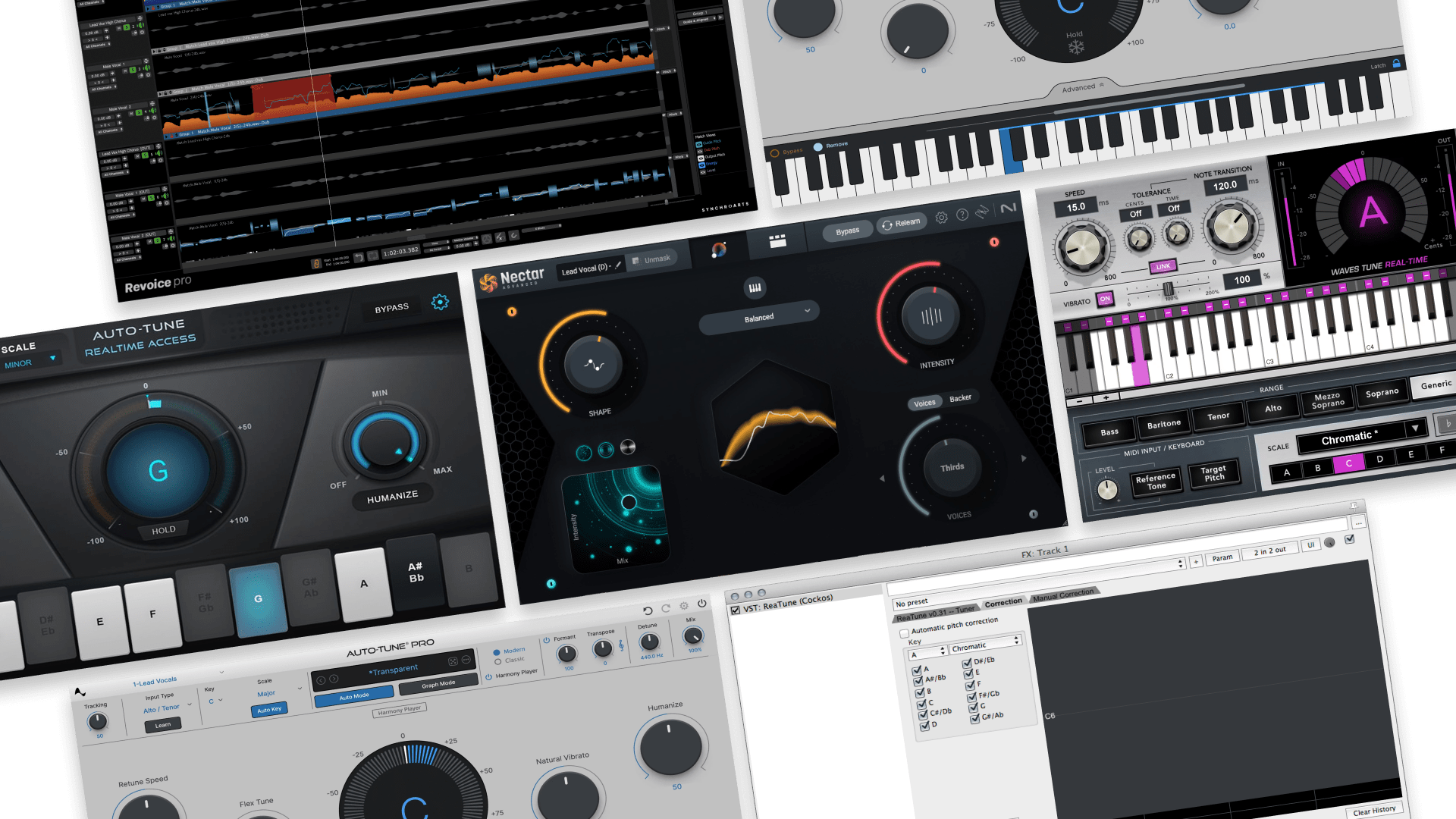
How to Find the Key of a Song: The Two Best Methods
When you’re in a creative flow, the last thing you want to worry about is music theory. But if you don’t know how to find the key of song, it’s holding you back.
Learning theory concepts like key signatures can be intimidating, but finding out what key you’re working in doesn’t have to be frustrating. While knowing music theory will help you find the key of any song quicker, it isn’t a necessity.
It just takes a small amount of ear training, and some helpful tools.
In this article, I’ll explain the best way to find the key of a song, and show you the best tools to quickly tell what key you’re in.
What is a song key?
A song key is made up by the notes used in the scales and chords used to write a particular piece of music.
This system of related chords is derived from either a major scale or a minor scale. The name of a key comes from its central note, called the root or tonic.
Most songs have only one key, which is named for the scale it comes from.
For example, if a song uses chords centralizing on the C minor scale, we would say it’s “in the key of C minor.” The note C in this case, would be the tonic note of the key.
Plenty of compositions change keys, but key changes are typically used to create an uplifting effect and usually still have a principal key that’s used throughout most of the structure of the piece.
Why would you need to find the key of a song?
The key of a song determines which chords and notes work well together. You’ll need to know the key if you’re planning on improvising, transposing, or writing songs.
Finding the key of a song is useful for producing music, playing in a band or mixing songs as a DJ.
When you know the right key, you can better match the notes of a song, play the same as your bandmates and improve the flow of your DJ sets.
How to find the key to a song
If you’re looking at sheet music, the key of a song is easy to find: It will be notated at the beginning of each staff by a group of sharp or flat symbols.
But if you’re wondering how to know what key a song is in, chances are you don’t have the music in front of you.
In this case, here’s some tips for finding a song’s key.
Hum along to the song
This first method seems to be too good to be true – but hear me out, it works! Like I said, it requires a bit of ear training, but if you constantly practice this method you’ll learn how to find the key of a song over time.
Play the song you’re trying to find the key to, and hum along with it. Close your eyes, and gravitate your voice to the note you find to be the most prominent.
When you do this, you’ll most likely be singing the root note. This will give you clues to what key you’re in.
After you’ve found the root note, go to your piano or MIDI controller with your favorite piano VST to get the song key by finding the note you’ve been humming.
After you’ve found the name of the root note, you’ll have to figure out one of two things: is the song in a major or minor key?
Major and minor keys
Listen closely to the song. Does it sound happy, or sad?
If it’s happy and bouncy sounding, you’re most likely in a major key. If it’s sad, moody, or dark, you’re probably in a minor key.
Once you’ve determined the quality of the key you’re in, the next step is to find out which notes work within that key.
Once you’ve determined the quality of the key you’re in, the next step is to find out which notes work within that key.
Are you playing along with the song on an instrument? You’ll need to know your musical scales to find the notes that match the key of the song.
If you’re working in a digital audio workstation, you’ll be able to draw in the major and minor scales. After that, you can transpose them by shifting them up and down the piano roll to match your root note.
Here they are in the piano roll, with musical notation.
Major Scale:
Minor Scale:
Now that you can find the key of any song, you’ll be able to improvise and write better melodies, or use your favorite pitch correction plugins effectively.
How to find a song’s key automatically
The method above takes time and patience if you’re just starting out on an instrument or beginning to learn music production.
If you’ve had to halt your music writing process because you’re not sure how to find the key of a beat or song, finding it out quickly is the best way to avoid a creative block.
Luckily for us, there are great tools that will automatically detect the key of any song, so you can get right back to writing and creating.
The best option is called RePitch, a powerful pitch correction tool by the legendary plugin developers at SynchroArts.
RePitch works in any DAW as a plugin. It’s perfect if you don’t want to leave the DAW to find the key of a sample or song you’re working with.
All you have to do is insert RePitch on the track you want to find the key of. Press play in your DAW, and RePitch will detect the key and scale.
Beyond simply finding a key, RePitch works as a vocal tuner.
So, if you’re tuning vocals, RePitch is able to easily tune any vocal take to the proper key of your recordings or session and generate a polished, human sounding vocal take.
That’s it! It’s a super simple solution.
That being said, if you’re looking to improve your ear, using the first method in combination with RePitch to confirm the key of a song is your best bet.
The key of all keys
Knowing how to find the key to a song is one of the “keys” to staying creative. When you’re able to spend less time troubleshooting and more time creating, you’ll strengthen your creative muscles.
Remember, there are only 12 notes, and only seven of them work together at once.
When you join LANDR, you’ll get access to plenty of learning materials including exclusive tutorials and the ability to collaborate with pros in real-time.
And when you practice continuous learning, and set aside time to create, you’ll be able to get song keys quickly and create better music faster.
Gear guides, tips, tutorials, inspiration and more—delivered weekly.
Keep up with the LANDR Blog.




